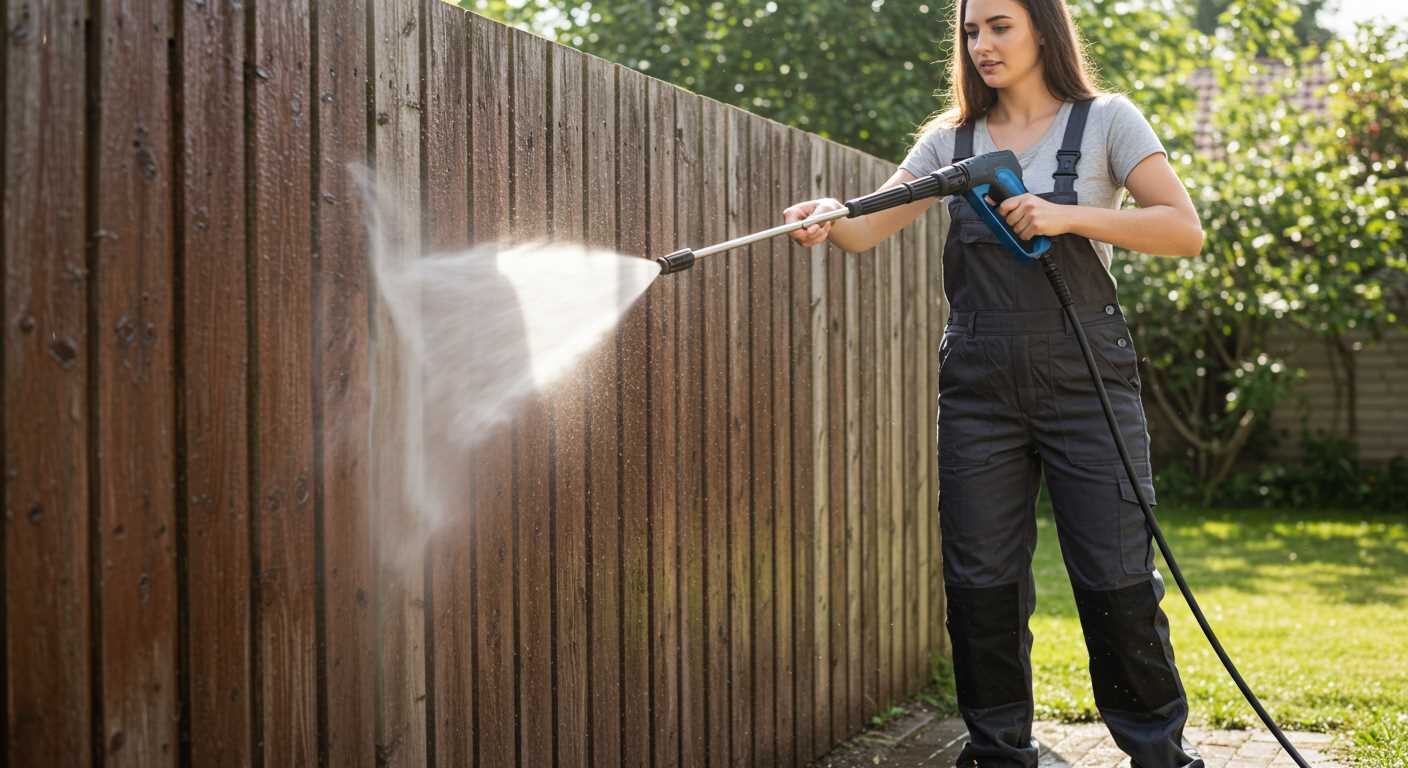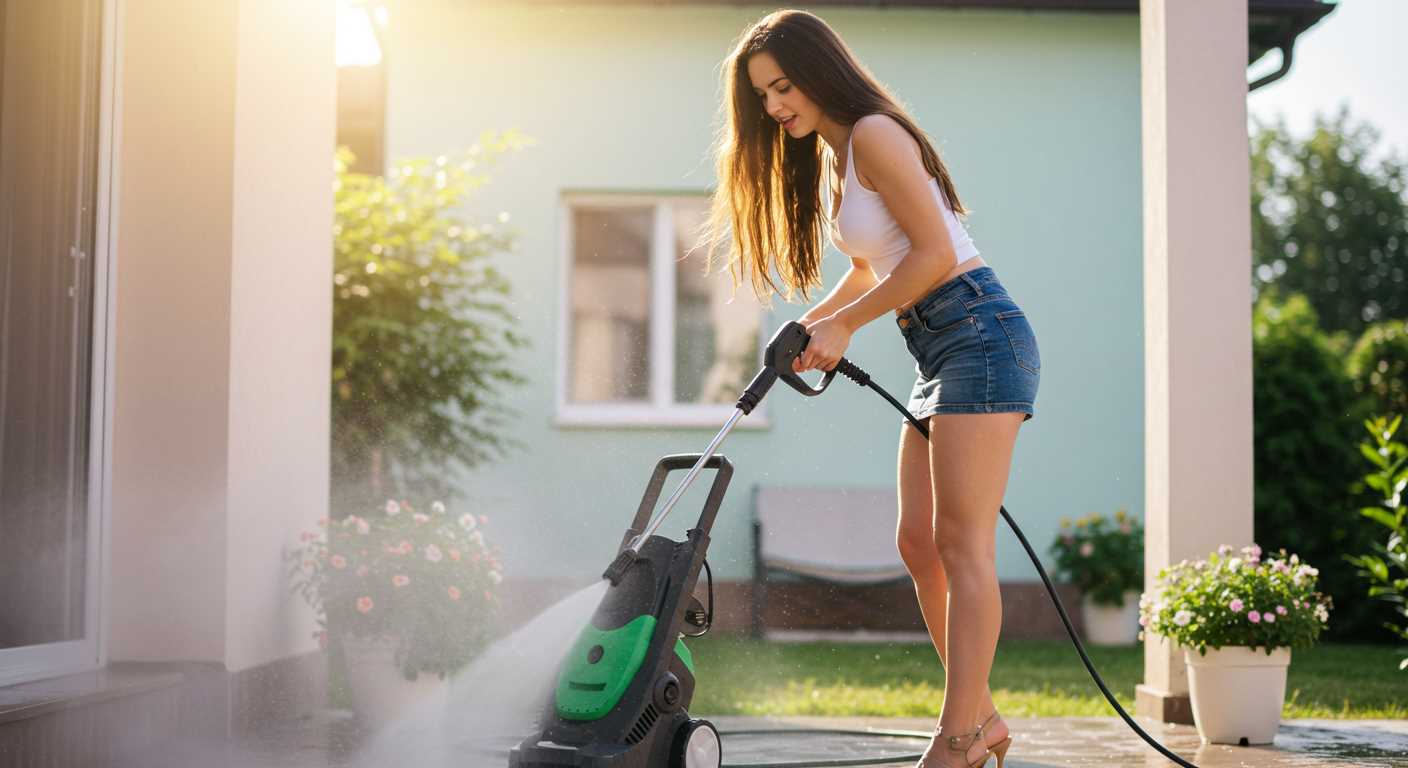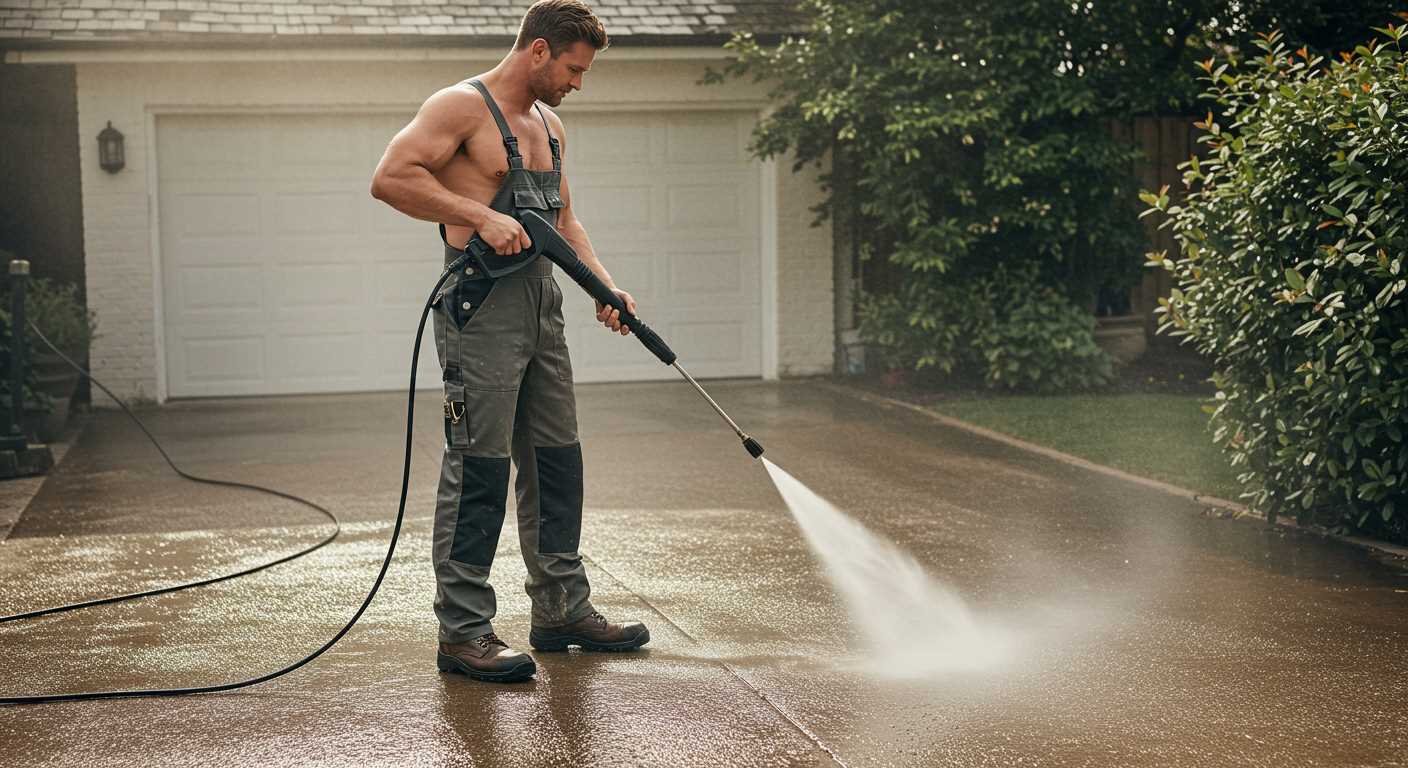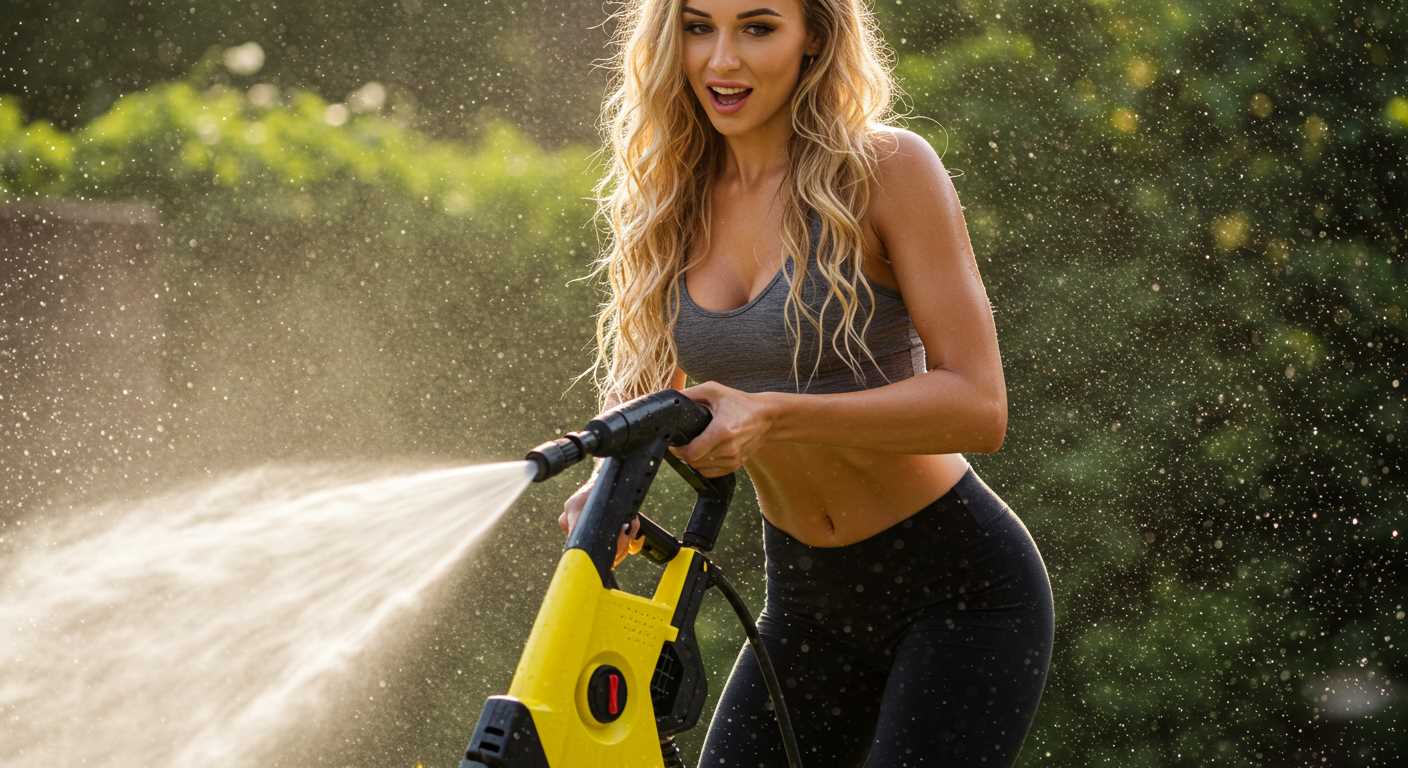



Use a mixture of vinegar and water for descaling. Combine equal parts of both substances, then circulate the solution through the apparatus for about 30 minutes. This process dissolves mineral deposits and prevents buildup that hinders performance.
After the solution has cycled, flush the system with clean water. This step ensures that any remaining residues are removed, leaving the unit in optimal working condition. Running water through the system for an additional 20 minutes can greatly assist in this process.
Regular checks for leaks and wear on fittings are essential. Inspect connections for signs of corrosion or damage that could lead to further issues. Replacing worn or damaged parts early can save costly repairs down the line.
Lastly, store the device indoors when not in use. Protecting it from extreme temperatures and moisture maximises its lifespan, keeping all components, including the heating element, functioning efficiently.
Guidelines for Maintaining the Heating Element
Commence with disconnecting the equipment from its power source. This is paramount for safety. Next, place a basin beneath the heating assembly to catch any residual water and cleaning substances.
Utilise a specialised descaling solution or a mixture of vinegar and water. Fill the basin with this solution. Allow it to sit for a minimum of 30 minutes to dissolve mineral deposits.
Brushing and Rinsing
After soaking, employ a soft brush to gently scrub the internal surfaces of the assembly. Target areas with visible build-up, ensuring not to damage any components. Following the scrubbing, flush the interior thoroughly with clean water to remove all residues of the descaling solution.
Final Inspection

Conduct a visual inspection to confirm that all build-up has been removed and the surfaces appear unclogged. Once satisfied, reassemble the components. Don’t forget to reconnect the equipment to its power source and run a test cycle to ensure proper functionality.
Gather Necessary Cleaning Supplies
For this task, I recommend assembling a specific set of tools and materials. Begin with a bucket for mixing solutions and rinsing items. Ensure you have a soft-bristle brush; this will help dislodge debris without causing damage. Choose non-corrosive cleaning agents; vinegar or a dedicated descaling solution works effectively.
It’s also wise to have a pair of gloves to protect your hands from potential irritants. A garden hose will assist in rinsing off any residues once the process is complete. If available, use a high-pressure spray nozzle to enhance your cleaning efforts. Lastly, keep shop towels handy for wiping surfaces and ensuring everything is dry before reassembly.
Recommended Items
- Bucket
- Soft-bristle brush
- Non-corrosive cleaner (e.g., vinegar, descaling solution)
- Gloves
- Garden hose
- High-pressure spray nozzle (optional)
- Shop towels
Having these items ready will streamline the process and ensure an thorough job. Each tool plays a specific role in maintaining the unit’s efficiency and longevity.
Disconnect the Pressure Washer from Power Source
Ensure total safety before commencing any work. Unplug the appliance from the electrical outlet. If your unit is powered by gas, turn off the fuel supply valve to prevent any accidental ignition.
Follow these steps for a secure disconnection:
- Locate the power cable and trace it to the outlet.
- Firmly pull the plug straight out without yanking the cord.
- For gas-operated models, turn the fuel valve to the off position. Check for any fuel leaks around the connections.
Always wear appropriate personal protective equipment, such as gloves and safety goggles, to prevent any injuries during maintenance procedures.
After disconnecting, double-check the unit is unpowered before proceeding with any cleaning or servicing tasks.
Remove the Heating Coil for Cleaning

Begin by locating the attachments securing the component in place. Depending on the model, you may find screws, bolts, or quick-release fasteners. Use the appropriate tool to carefully remove these fasteners without damaging the appliance.
Once the fasteners are removed, gently extract the element from its housing. It’s crucial to take your time and avoid forcing it, as this could lead to unintended damage. If resistance is felt, check for any additional connectors that may still be engaged.
Set the coil aside in a clean, safe location. Ensure there’s ample space to access its surfaces without risk of contamination. Assess the unit for any accumulated debris or residue that could hinder effectiveness.
After the extraction, keep a suitable area ready with a protective layer to prevent scratches or other harm during the subsequent maintenance steps.
Once positioned safely, you can proceed with the cleaning approach detailed in previous sections.
Inspect the Heating Coil for Damage
Examine the unit for visible cracks, corrosion, or other signs of wear. Pay particular attention to connections and bends, as these areas are more susceptible to damage. Use a flashlight to illuminate hard-to-see spots that may be obscured by dirt or other contamination.
Check for Blockages
Look inside the coil for any debris or sediment accumulation. Blockages can hinder performance and lead to overheating. A thorough inspection should include the inlet and outlet ports, ensuring they are clear and unobstructed.
Assess the Material Integrity
Run your fingers along the surfaces. Any irregularities, rough patches, or flaking paint can indicate deterioration. If the material feels weak or thin in certain areas, consider replacing the component. Regular assessments can prevent failures during operation.
Apply Appropriate Cleaning Solution
Utilise a dedicated descaling agent specifically formulated for heating components. Ensure the solution is compatible with materials used in the system to prevent damage. Follow the manufacturer’s guidelines for dilution ratios; typically, a 1:10 ratio with water suffices for regular build-up. For more stubborn deposits, consider a stronger concentration, but always test on a small area first.
To apply, fill the heating unit with the prepared mixture, allowing it to circulate for the recommended time, usually between 15 to 30 minutes depending on the severity of the deposits. Maintain the correct temperature range; it’s typically advised to use warm, not boiling, water during this process to enhance the effectiveness while protecting the system.
Afterwards, thoroughly rinse the unit with clean water to eliminate all residues of the cleaning solution. Skipping this step can lead to further deposits or damage the components. Make sure to follow up with a thorough inspection for any remaining buildup or signs of wear on the parts.
Use a Soft Brush for Gentle Scrubbing
Utilising a soft brush is key for maintaining the integrity of the various surfaces without causing damage. I recommend selecting a brush with nylon bristles as they provide a gentle yet effective scrubbing action, perfect for removing grime without scratching delicate components.
Begin by moistening the heated element slightly with your chosen solution, allowing it to penetrate any stubborn residue. After a brief period, take the soft brush and work it in circular motions over the affected areas. This method ensures that you effectively lift dirt and deposits without applying excessive pressure, which can lead to wear over time.
Pay attention to corners and crevices, as these areas often accumulate build-up that may not be visible at first glance. Regular gentle scrubbing can prevent long-term issues, keeping the system operating optimally. Rinse thoroughly after brushing to remove any loosened particles and residual cleaning agents.
Thoroughly Rinse the Heating Coil
A diligent rinse is vital to maintain optimal performance. Start with a garden hose fitted with a spray nozzle. Direct the water through the passages, ensuring all detergent and debris are expelled. Use a steady, powerful stream to effectively flush away any residues.
Check for Residual Build-Up

While rinsing, keep an eye out for lingering grime or residue. If any remains, direct additional water flow at those areas. Repeat this process until the outflow appears consistently clear.
Dry the Components

After achieving a thorough rinse, allow the mechanism to air dry completely. Ensuring no moisture remains prevents the risk of corrosion and prepares the unit for reinstallation. A dry coil is essential for the next use.
After rinsing, reconnect everything following the manufacturer’s guidance. Regular maintenance not only extends the life of your device but also enhances its efficiency for future tasks.
Reassemble and Test the Pressure Cleaner
Carefully realign all components, ensuring each part fits securely back into place. Check for any signs of wear or misalignment during reassembly.
After securing all parts, reconnect the unit to its power source. It’s advisable to inspect hoses and connections for signs of leaks or damage before activating the system.
Turn on the device and allow it to reach operational temperature if applicable. Monitor the performance closely, ensuring that water flows smoothly through the system without interruptions.
| Step | Action | Notes |
|---|---|---|
| 1 | Realign components | Ensure secure fitting |
| 2 | Reconnect power | Check for leaks |
| 3 | Activate unit | Monitor performance |
During operation, observe for any unusual noises or vibrations that could indicate underlying issues. If any problems arise, immediately shut down the unit for further inspection.
Once satisfied with functionality, perform a final inspection to ensure everything is in working order before storage or further use.
FAQ:
What tools are needed to clean a pressure washer heating coil?
To clean a pressure washer heating coil, you will need a few basic tools and supplies. First, a garden hose will be essential for rinsing. You should also have a brush with stiff bristles to scrub away any debris or buildup. A suitable cleaning solution, either commercially available or homemade, can help break down any grease or grime. Safety goggles and gloves are recommended to protect your eyes and hands during the cleaning process.
What steps should I follow to clean the heating coil effectively?
To clean the heating coil of your pressure washer, follow these steps: First, disconnect the power supply and water source for safety. Remove the heating coil if possible. Rinse the coil with water to eliminate loose dirt. Apply your cleaning solution to the coil, ensuring it covers all surfaces. After letting the solution sit for the recommended time, scrub the coil with your brush to remove any stubborn deposits. Finally, rinse the coil thoroughly with water to wash away the cleaning solution and any remaining grime, then allow it to dry before reinstalling.
How often should I clean the heating coil of my pressure washer?
The frequency of cleaning the heating coil depends on how often you use your pressure washer and the type of work it does. If you use it regularly, it’s advisable to clean the coil at least once every few months. For heavy-duty usage or if you notice decreased performance, cleaning it more frequently may be necessary. Always check for any visible buildup of debris or scale, which can indicate that cleaning is overdue.
Are there any specific cleaning solutions I should avoid when cleaning the heating coil?
Yes, certain cleaning solutions should be avoided to prevent damage to the heating coil. Avoid harsh chemicals or abrasive cleaners, as they can corrode the metal or scratch the surface. Additionally, solutions containing bleach or ammonia can create harmful fumes when heated and may damage the coil. Instead, opt for gentle, non-corrosive cleaners that are suitable for the materials used in the heating coil. Always read the manufacturer’s instructions for your pressure washer for any specific recommendations on cleaning products.








